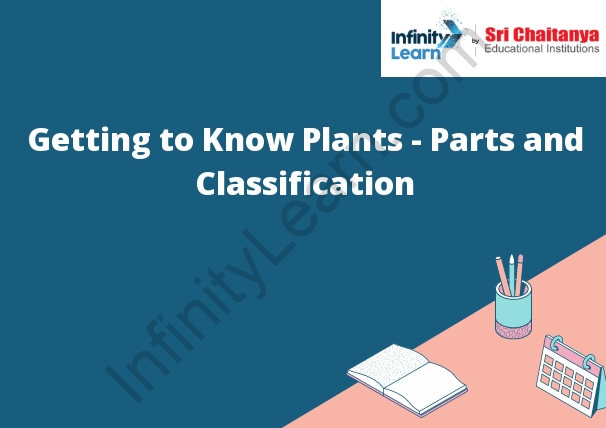Getting to know Plants:
The process of getting to know plants includes learning about their physical characteristics, their needs, and how they grow. This information can be used to select plants that will thrive in a specific environment and to care for plants in a way that promotes their health and growth.
One way to learn about plants is to examine their physical characteristics. This includes studying their size, shape, and color. It is also important to learn about a plant’s leaves, flowers, and fruits. This information can be used to identify a plant and determine its needs.
Another way to learn about plants is to study their needs. This includes learning about the types of soil and light that a plant prefers, as well as the amount of water and fertilizer that it needs. It is also important to know a plant’s temperature range, and whether it is native to a specific region.
Finally, it is important to understand how plants grow. This includes learning about the different stages of a plant’s life cycle, as well as the ways that plants can be propagated.

Plants are one of the most important parts of our lives, and yet, many people do not take the time to get to know them. Plants provide us with food, oxygen, and shelter. They are also beautiful and can add color and life to any environment.
There are many different types of plants, and each one has its own unique characteristics. Some plants are small and grow in the ground, while others are large and can be seen from miles away. Some plants are green, while others are different colors.
Plants also have different needs. Some plants need a lot of sunlight, while others prefer to grow in the shade. Some plants need a lot of water, while others can survive in dry conditions.
It is important to get to know the plants in your area because they can provide you with important information about your environment. For example, if you are a gardener, you will want to know which plants need a lot of water and which plants need a lot of sunlight. If you are a hiker, you will want to know which plants are poisonous and which plants are edible.
Plants are an important part of our lives, and we should take the time to get to know them.
Parts of Plants:
One of the most important aspects of plants is their parts. Plants have many different parts that all work together to create the plant. The root system is one of the most important parts of the plant. The root system anchors the plant in the soil and helps to absorb water and nutrients from the soil. The stem is another important part of the plant. The stem helps to transport water and nutrients from the roots to the leaves. The leaves are also important. The leaves help to photosynthesis, which produces food for the plant. Plants also have flowers and fruits. The flowers are used to reproduce, and the fruits are used to disperse the seeds. Each of these parts are important for the plant to grow and thrive.
Parts of a plant include the roots, stem, leaves, flowers, and fruits. The roots are the part of the plant that anchors it in the soil and absorbs water and minerals from the ground. The stem is the main upright part of the plant and provides support for the leaves and flowers. The leaves are the green parts of the plant that capture sunlight and carbon dioxide to produce food. The flowers are the showy parts of the plant that produce fruits. The fruits are the part of the plant that contains the seeds.
Classification of Plants:
There are three main ways plants can be classified: by their reproductive methods, their life cycles, and by their morphology.
Plants can be classified by their reproductive methods. There are two types of plants: those that reproduce with seeds and those that reproduce with spores. Seeds are produced when the male and female parts of the plant join together. Spores are produced when the plant divides in two, and each half forms a new plant.
Plants can be classified by their life cycles. There are two types of plants: those that undergo asexual reproduction and those that undergo sexual reproduction. Asexual reproduction is when the plant reproduces without involving another plant. Sexual reproduction is when the plant reproduces by combining the male and female parts of two plants.
Plants can be classified by their morphology. There are three types of plants: those that have stems, those that have left, and those that have neither. Stemmed plants have a main stalk that supports the leaves and flowers. Leafed plants have leaves that perform photosynthesis. Non-leafed plants do not have leaves and usually reproduce with spores.



